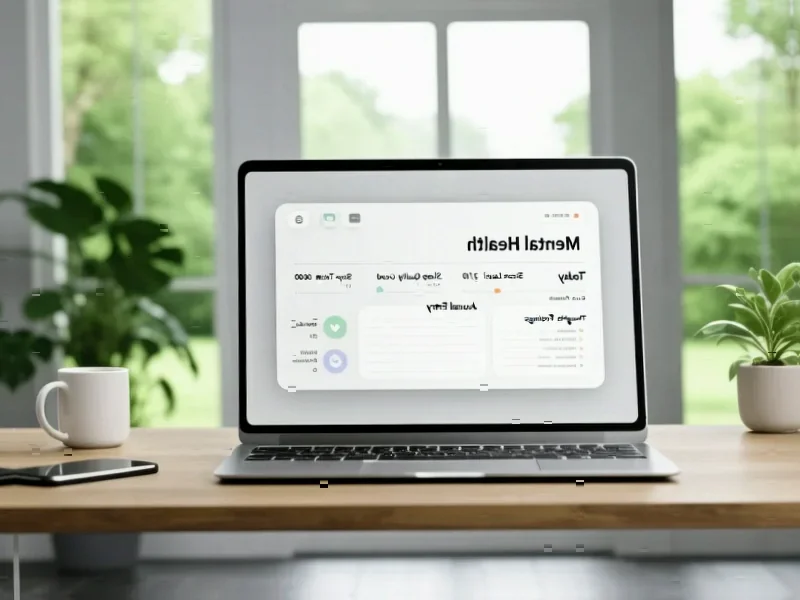According to Forbes, the AI-powered personal finance management market was valued at $1.37 billion in 2024 and is expected to reach $2.36 billion by 2032, growing at a 7% compound annual rate. Only 35% of Americans currently have a financial plan, with high costs and limited advisor access being major barriers. The market is responding rapidly, with 57% of finance professionals already using AI in their operations and another 14% planning implementation. Companies like Hiro, founded by Digit’s Ethan Bloch, are taking conversational approaches to financial planning, while established players like Wealthfront and Betterment manage $36 billion and $46 billion in assets respectively. Traditional advisory software leaders like eMoney Advisor maintain 28.20% market share but face pressure from AI-native upstarts.
The four quadrants of AI financial planning
Here’s where things get really interesting. The market has basically split into four distinct categories based on sophistication and target audience. You’ve got the consumer direct platforms like Hiro and Tendi that offer comprehensive planning directly to users, bypassing traditional advisors entirely. Then there are the advisor-focused tools like eMoney and RightCapital that supercharge human financial planners rather than replacing them. The third category includes basic budgeting apps like Cleo and Monarch Money that serve as entry points, while the fourth covers specialized workflow tools like Jump AI that handle specific tasks like meeting notes or tax analysis.
Why this matters now
Look, traditional financial planning has always had this inherent conflict of interest. Advisors charging 1-2% of assets under management had built-in incentives to recommend certain products. And let’s be honest – sophisticated planning tools were basically reserved for wealthy clients who could afford dedicated CFPs. AI is flipping that model on its head by offering objective scenario analysis and deep financial projections at a fraction of the cost. Sometimes even free.
The timing couldn’t be better. We’re seeing 60% of finance companies using AI across multiple business areas, up from just 45% in 2022. And nearly half of American consumers are either using or seriously considering AI-driven financial management solutions. Younger demographics are leading this charge, which makes sense – they’ve grown up expecting technology to solve problems that previous generations just accepted as “the way things are.”
The competitive battlefield
What’s fascinating is watching three different forces collide in this space. You’ve got the incumbent challenge – traditional players like MoneyGuidePro are seeing their market share drop from 33% to 22.79% in just one year. Then there’s the robo-advisor evolution, where platforms like Wealthfront and Betterment that started as simple portfolio managers are adding estate planning, tax optimization, and human advisor access. And finally, the AI-native upstarts like Hiro and Parthean are being built from the ground up with AI as their core technology, not just bolted on as a feature.
So where does this leave traditional financial advisors? Well, they’re not going away entirely, but they’re definitely being forced to adapt. Tools like FP Alpha that can instantly analyze tax returns, wills, and insurance policies are becoming essential infrastructure. Advisors who don’t adopt these platforms risk being left behind by competitors who can serve clients faster and more comprehensively. It’s basically adapt or become irrelevant.
The bigger picture
Here’s the thing that really stands out to me: we’re witnessing the democratization of sophisticated financial planning. For decades, getting personalized financial advice meant either paying hefty fees or having substantial wealth. Now, platforms like Hiro are eliminating advisory fees entirely and making conversational financial planning accessible to average consumers. That’s a massive shift.
And it’s not just about cost. The quality of analysis is often better than what humans could provide alone. AI can process vast amounts of data, run countless scenarios, and adjust plans instantly when life changes happen – whether that’s delayed retirement, unexpected healthcare costs, or new passions in later years. We’re moving from static financial plans to dynamic, living strategies that evolve with people’s lives. That’s the real revolution here.




